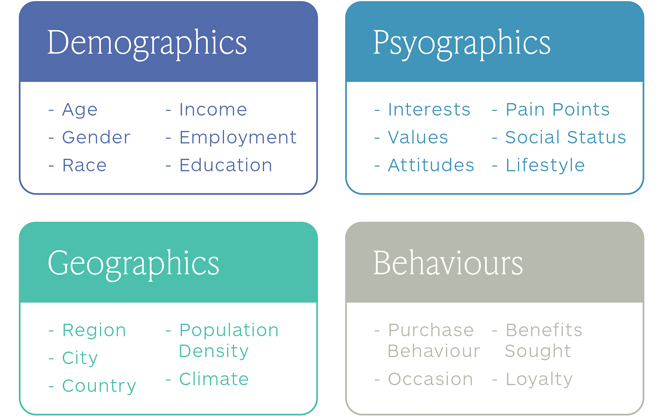Writing a quality brief is crucial to the success of any creative project. A great brief will help you and your agency understand your project objectives, audience, timeline and budget. It will also ensure all stakeholders are aligned to the same purpose, leaving no room for misinterpretation.
So what makes a brief successful?
Creative briefs will vary greatly with each project, but regardless of the size or scope of work, these six key elements will help set you and your agency up for success.
1. Summary
A good summary provides a clear and concise overview of the project and how it fits into your brand’s wider marketing strategy. It should be written in such a way that someone who has never interacted with your brand can easily grasp the idea.
Some questions to consider when writing your project summary include:
- What is the project and why are you choosing to launch it now?
- What company background information is relevant to the project?
- How does the project fit in with your wider marketing strategy?
- Have you completed a similar project in the past and how did it perform?
- Are there any outside market conditions that will affect the project?
- What research or data can you provide to support your brief?
2. Objective
International Business Influencer Bernard Marr states that “unclear and ambiguous goals are a lot harder to meet.” Marr recommends using the SMART method to help ensure your objective is written in a clear and meaningful way. In short, SMART objectives are specific, measurable, achievable, relevant and time bound.
Specific: is it clear to the reader what you are trying to achieve?
Measurable: how are you going to measure the success of your project?
Achievable: is the objective realistic within the context of your budget, timeline, resources and wider market conditions?
Relevant: does the objective align with your brands wider marketing strategy?
Time Bound: what are the relevant deadlines?
Input from your agency can be valuable when defining your objective to help identify realistic metrics to measure success.
Here is an example of a collaboratively written SMART objective with both client and agency input:
“Our objective is to obtain 1000 Instagram followers by Q2 2024 to improve brand awareness in the local community. We will achieve this by improving the quality and frequency of our organic content and by running a 6-month paid Meta campaign.”
3. USP
Your unique selling proposition (USP) is what distinguishes your brand from your competitors. Ask yourself what problem your brand solves for your customer and how you do it better than your competition. This is essentially your USP.
It’s important to include your USP in your creative brief to ensure it is communicated through your creative assets. It should be specific and clearly aligned with your objective. For example, a USP for a bakery may be: :
“Our baked goods embody the luxurious and indulgent experience of a traditional french patisserie whilst using allergen friendly ingredients to cater for people with a wide range of dietary requirements.”
4. Target Audience
A good agency doesn’t design for you, but rather for your customer.
Defining your target audience is crucial to your brief because it will inform what messaging, tone and visuals are the most relevant and engaging for your customer. Your agency will rely on this information to optimise your creative assets.

5. Timeline
Your agency can support you by establishing a timeline that keeps all stakeholders accountable. It’s important to include all relevant key dates and deadlines in your brief, so your agency can plan around them and mitigate any potential conflicts.
In an ideal world, every project meets the original deadline, but there are almost always potential risks and outside factors to be taken into consideration. Highlighting these in your brief will allow your agency to build contingency plans into the timeline and avoid stressful last minute decisions down the track.
6. Budget
Your budget should be very clearly outlined as a dollar amount. Though it may seem like you’re allowing your agency more freedom, vague terms like “low-budget” or “unlimited” actually create more confusion.
Providing your budget upfront will allow your agency to strategise and make recommendations that are aligned with your expectations and meet your goals.
Above all, collaboration is key to a successful creative brief and is fundamental in everything we do at Ivy Street. We recognise that only by working together can we ensure your creative projects align with your target audience, timeline, budget, USP and objectives.
Want to learn how IvyStreet can help grow your business, with the right brief? Contact us here.

